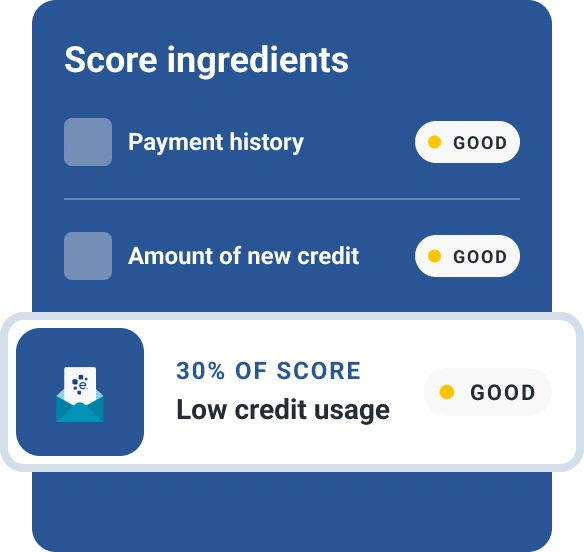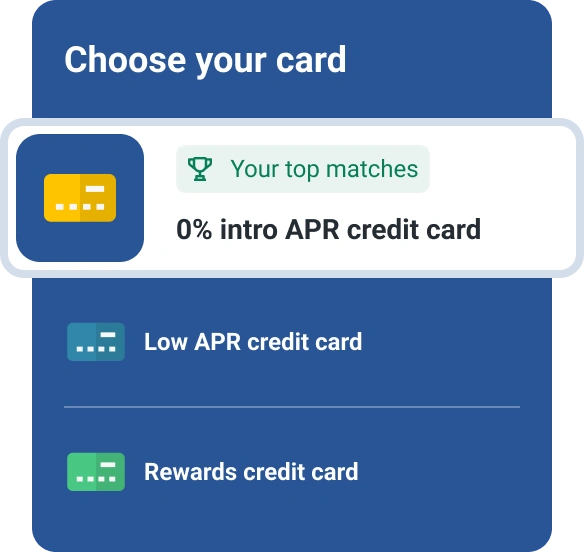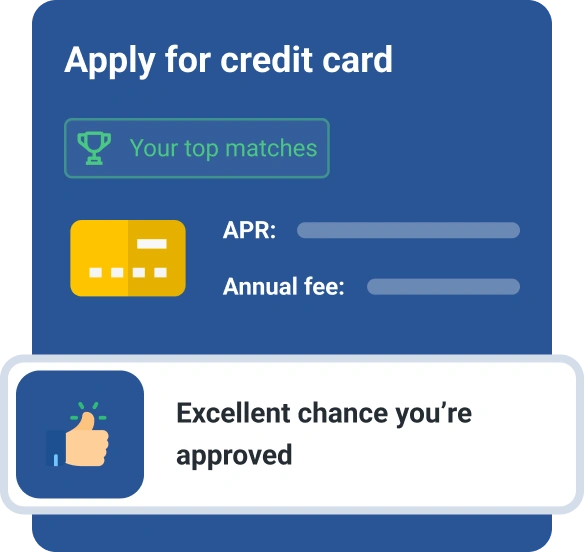What Is a Variable APR?
Quick Answer
A variable APR is a type of interest rate that can fluctuate over time. There are different ways that lenders may construct a variable APR loan and how often the rate changes, but you ultimately take on the risk of changes in interest rates.

A variable APR (annual percentage rate) is a type of rate that can change over time due to market rate fluctuations caused by economic conditions. Variable interest rates may start out lower than fixed APRs—which remain the same for the life of the loan—but can end up higher over time.
Most credit cards have variable APRs, but you can also find them among private student loans, personal and home equity lines of credit and adjustable-rate mortgages.
What Causes Variable APRs to Change?
Variable APRs rely on a benchmark rate that can fluctuate over time. The most common benchmark rates include the prime rate and the Secured Overnight Financing Rate (SOFR):
- Prime rate: The prime rate is a benchmark most financial institutions use to determine APRs for credit cards and lines of credit; it's partially based on the federal funds rate, which is the interest rate banks charge each other to borrow excess reserves on an overnight basis.
- SOFR: Similar to the federal funds rate, the SOFR is the interest rate at which banks borrow and lend money to each other on an overnight basis. The difference is that transactions made using the SOFR use Treasury bond purchase agreements, with the bonds acting as collateral to secure the loans. The SOFR is primarily used for adjustable-rate mortgages and some private student loans
The federal funds rate, which helps determine the prime rate, is determined by the Federal Open Market Committee (FOMC), which is part of the Federal Reserve. The FOMC may raise or lower the federal funds rate to respond to market conditions—the rate typically goes up to constrict access to cash during inflationary periods and down during times of economic distress to allow for greater ease of borrowing.
In contrast, the SOFR is based on transactions in the Treasury repurchase market and fluctuates daily.
On certain loans, your rate may change every six to 12 months, and there may be limits on how much your rate can go up or down. With credit cards, a change to your variable APR typically comes shortly after a change to the prime rate.
Other Times Your APR Can Change
While variable APRs are designed to fluctuate, there may be other situations where your APR can change, particularly if you have a credit card:
- You're at the end of an introductory 0% APR. If you have an intro 0% APR credit card or a balance transfer credit card, you'll only get that rate for the stated period. After that, the variable APR will jump to the card's ongoing APR, which is based on your creditworthiness. As of the first quarter of 2022, the average credit card APR was 16.17%, according to the Federal Reserve.
- You're late on payments. If you're late by 60 days or more on a credit card payment, your card issuer may assess a penalty APR, which is typically higher than the regular purchase APR. However, not all credit cards have a penalty APR. If you want to restore your card's regular APR, you'll need to get back on track by making consecutive on-time payments.
- Taking out a cash advance. Most credit cards charge a higher rate on cash advances. What's more, cash advances don't enjoy the same grace period that you get with purchases, which means that interest starts accruing immediately.
What to Do if Your Variable APR Changes
Changes to a variable APR are inevitable, but that doesn't mean you don't have choices. Here's what you might consider:
- Get a new credit card. If your credit has improved since you opened your current card, you may research other cards that offer a lower APR. Keep in mind, though, that if your variable APR went up because of a change in market rates, the same is true for any other card you choose.
- Pay off your balance. It's ideal to pay your credit card balance in full every month, but if you haven't been, make it a priority now to avoid the higher interest costs. The same is true if you have a personal loan or home equity line of credit.
- Refinance your loan. If you have a loan with a variable interest rate, such as a student loan or adjustable-rate mortgage, an increase in your APR may mean it's time to refinance and replace it with a fixed-rate loan. While the new fixed rate may be a bit higher, it'll keep your interest costs and monthly payment from increasing over time.
Build Your Credit to Maximize Interest Savings
Whether you're applying for a credit card or a loan, having good or excellent credit will give you the best chance of securing a low interest rate.
Check your credit score to get an idea of where you stand and review your credit report for anything that might be hurting your score. This may include credit cards with a high balance, past-due payments, collection accounts and more.
Take some time to analyze your credit history and take steps to address potential issues. You'll also want to brush up on actions you can take to build your credit score. While you may not see immediate improvement, your efforts over time can increase your chances of scoring lower interest rates in the future.
Discover low interest credit cards
Keep more cash in your wallet with a low interest credit card. See what offers you qualify for based on your FICO® Score.
See your offersAbout the author
Ben Luthi has worked in financial planning, banking and auto finance, and writes about all aspects of money. His work has appeared in Time, Success, USA Today, Credit Karma, NerdWallet, Wirecutter and more.
Read more from Ben

